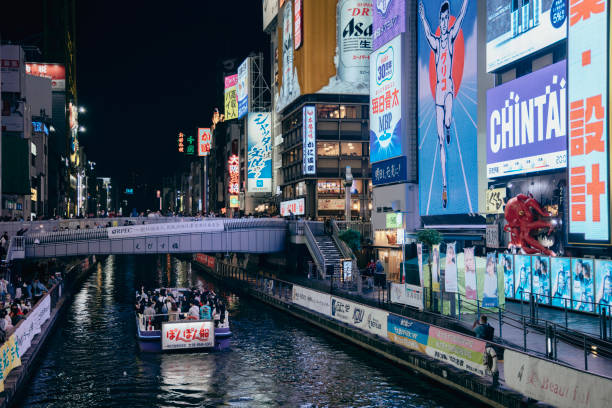Thanks to the invention of easy-to-use standardised large-scale LED displays, creating animated advertising hoardings is much easier now than it has ever been before.
Whilst at one point advertising billboards were considered so far ahead that they were a critical part of films such as Blade Runner, now we have reached so many of the space years these science fiction films are set in, the only limit to animated and video adverts is imagination.
However, the first billboard that was animated was the result of a painstaking engineering effort and the imagination of one of advertising’s great pioneers.
The late Douglas Leigh initially made Times Square his home in the 1930s by creating a sign for the St. Moritz hotel in exchange for living there and being allowed to do business there.
Once in Times Square, he set to work creating its signature neon look. Initially, his works were
not animated but were dynamic in other ways.
A&P commissioned him to advertise their Eight O’Clock Coffee, and he did so with a cloud of steam that came out of a gigantic cup.
He would use a similar technique during the Second World War by creating a Camel billboard featuring a smoking soldier with smoke rings emanating from it.
However, his most ambitious and elaborate design was four minutes long (eight times as long as most television adverts), was made from 2,000 light bulbs in an age before light-emitting diodes were an option and was designed by graphic artist Dorothy Shepard.
Her design for Wilson Whiskey has sadly been lost to time; just four years later, New York City was subject to a “dim-out”, where bright lighting rigs were removed to avoid the risk of bombing attacks from the Axis powers during the Second World War.
After transforming Times Square he would move on to design the ill-fated Freedomland USA theme park in the Bronx, which lasted just four years before going bankrupt having never made a profit.
Mr Leigh died just before the new millennium on 14th December 1999 at the age of 92.

